Statement on the death of former NRC Commissioner Peter Lyons
Statement from American Nuclear Society President Mary Lou Dunzik-Gougar and Executive Director and CEO Craig Piercy:

A message from Electrical Builders, Ind.
America’s Top Performing Nuclear Plants Rely on Electrical Builders, Industries to Expand and Extend the Life of Their Critical Electrical Assets
Statement from American Nuclear Society President Mary Lou Dunzik-Gougar and Executive Director and CEO Craig Piercy:

The ASME/ANS Joint Committee on Nuclear Risk Management (JCNRM) has achieved a significant milestone in the advancement of probabilistic risk assessment (PRA) technology. ANSI/ASME/ANS RA-S-1.4–2021 [1], Probabilistic Risk Assessment Standard for Advanced Non-Light Water Reactor Nuclear Power Plants, has been approved by the JCNRM, the ANS Standards Board, the ASME Board of Nuclear Codes and Standards, and the American Nuclear Standards Institute.
As predictive analytical tools, artificial intelligence (AI) and machine learning (ML) show promise in improving nuclear reactor safety while offering economic savings. To get a better understanding of current usage and future trends in AI and ML in the commercial nuclear power industry, the Nuclear Regulatory Commission is seeking comments from the public, the nuclear industry, and other stakeholders, as well as other interested individuals and organizations.

The health and safety of the public and protecting people from the consequences of a significant release of radioactive material has been a top priority since the early days of the civilian nuclear energy program. After World War II, it was realized that the core inventory of radionuclides is a potential hazard. From this knowledge, emergency planning zones (EPZs) for nuclear power plants were established.
ANS flooding and seismic consensus standards assist the NRC and DOE in buttressing nuclear facility safety policies
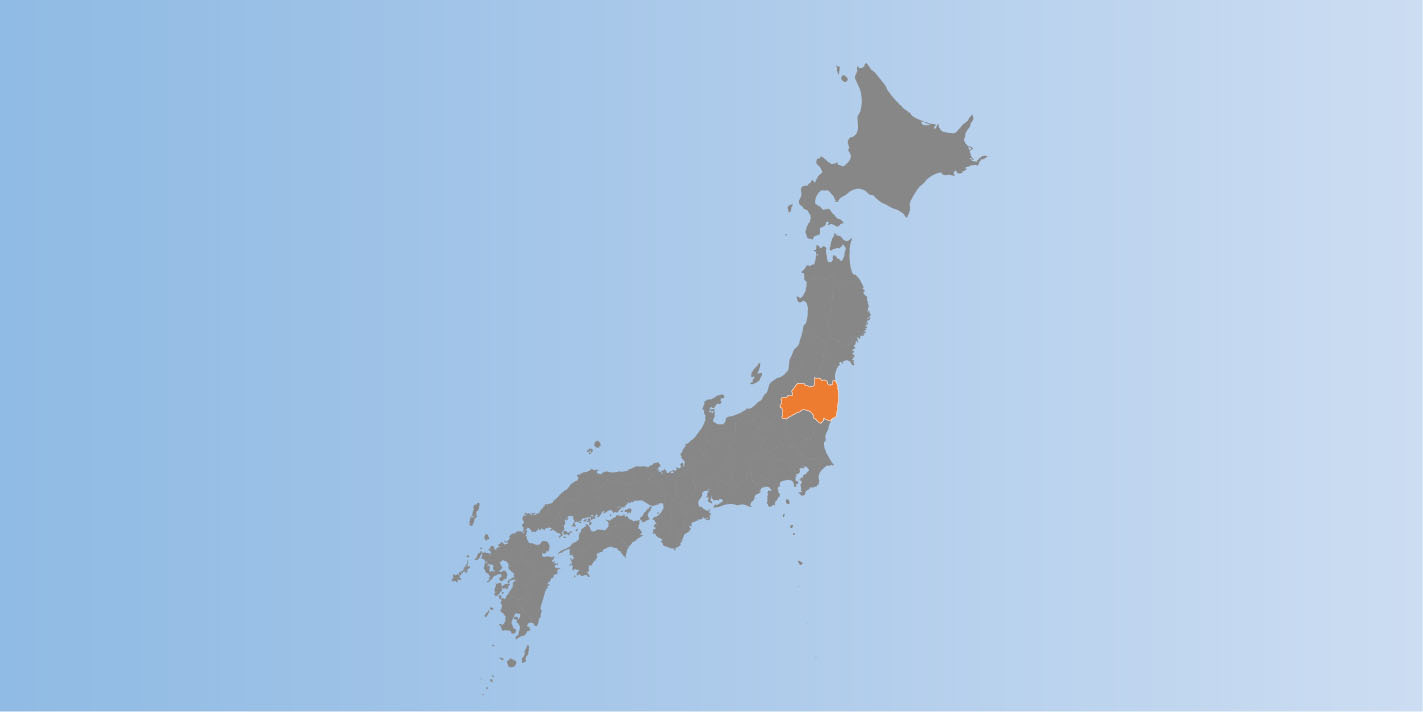
March 11 will mark the 10-year anniversary of the Fukushima Daiichi event, when a 45-foot tsunami, caused by the 9.0-magnitude Great Tohoku Earthquake, significantly damaged the reactors at Japan’s Fukushima Daiichi nuclear power plant. In response to this event, the U.S. Nuclear Regulatory Commission took actions to evaluate and mitigate beyond-design-basis events, including a new requirement for the staging of so-called Flex equipment, as well as changes to containment venting and improvements to emergency preparedness. The U.S. Department of Energy also addressed beyond-design-basis events in its documented safety analyses.
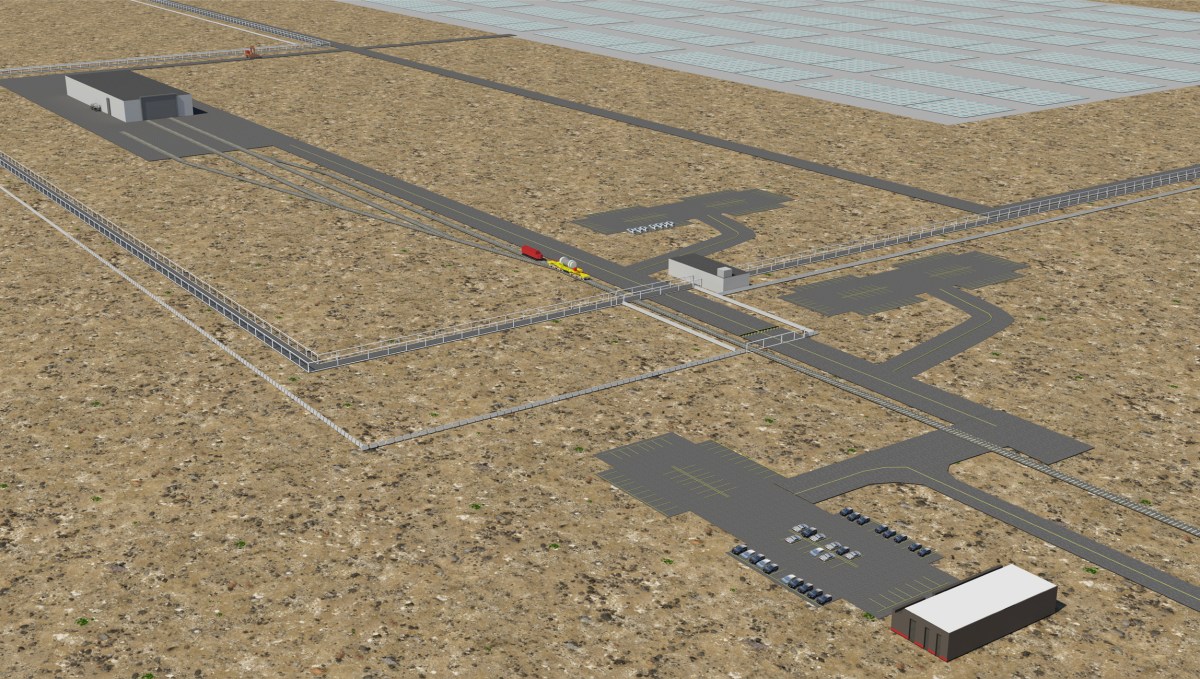
New Mexico attorney general Hector Balderas has filed suit against the Nuclear Regulatory Commission and the United States, seeking to stop Holtec International’s application to build and operate its HI-STORE consolidated interim storage facility for used nuclear fuel in the state. The complaint, filed in the U.S. District Court of New Mexico on March 29, seeks a declaratory judgment that the NRC is acting beyond the scope of its authority and an injunction preventing the licensing from moving forward.
The Nuclear Regulatory Commission has delayed the release of a safety report for Holtec International’s HI-STORE consolidated interim storage facility proposed for New Mexico, claiming it needs additional information to complete its review of the license application. The NRC previously said it would complete its safety review and publish a safety evaluation report for the spent fuel storage facility by May.
The Nuclear Regulatory Commission will discuss the 2020 safety performance of Duke Energy’s Catawba, McGuire, and Oconee nuclear power plants during a virtual meeting to be held on April 1.
The meeting will begin at 5 p.m., eastern time, with a presentation by the NRC staff responsible for plant inspections. Following the discussion with Duke Energy, questions will be answered by the NRC, including by the resident inspectors.
The public and media can access the meeting via Teams. For those without access to Teams, the telephone conference number is 301-576-2978, passcode 71391471#.
The annual assessment letters for the Catawba plant, the McGuire plant, and the Oconee plant, which include upcoming inspection plans for the plants, are available on the NRC website.
Current performance information for Catawba-1, Catawba-2, McGuire-1, McGuire-2, Oconee-1, Oconee-2, and Oconee-3 is available and updated quarterly.
Rethinking seismic design may be key for making nuclear plant construction affordable.
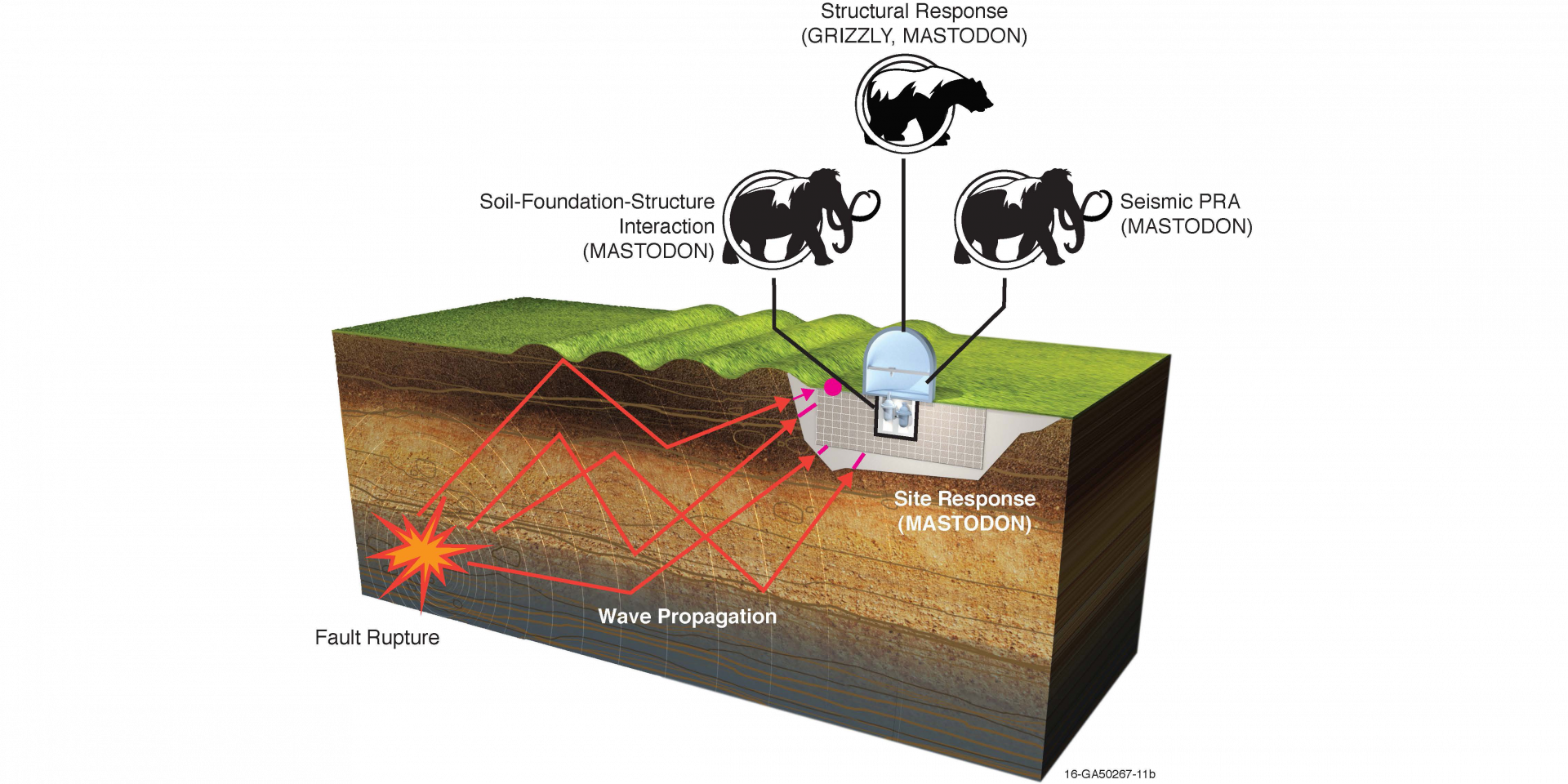
Nuclear power plants not only provide the nation’s largest source of carbon-free electricity, they also can operate 24 hours a day, 365 days a year to augment intermittent renewables such as wind and solar. Further, studies show that nuclear energy is among the safest forms of energy production, especially when considering factors such as industrial accidents and disease associated with fossil fuel emissions. All said, nuclear has the potential to play a key role in the world’s energy future. Before nuclear can realize that potential, however, researchers and industry must overcome one big challenge: cost.
A team at Idaho National Laboratory is collaborating with experts around the nation to tackle a major piece of the infrastructure equation: earthquake resilience. INL’s Facility Risk Group is taking a multipronged approach to reduce the amount of concrete, rebar, and other infrastructure needed to improve the seismic safety of advanced reactors while also substantially reducing capital costs. The effort is part of a collaboration between INL, industry, the Department of Energy’s Advanced Research Projects Agency–Energy (ARPA-E), and the State University of New York–Buffalo (SUNY Buffalo).
The Nuclear Regulatory Commission has revised its policy regarding how it conducts staff-sponsored public meetings with outside parties.
The revised policy was effective with its publication in the March 19 Federal Register. The NRC’s public meeting schedule will reflect the new policy in the near future.

To nuclear fuel suppliers, today’s operating reactors represent a defined customer base with predictable demands. Utilities must order their next fuel reload far in advance of an outage; enrichers and fabricators work to fill those orders. Adapting such a highly optimized supply chain to accommodate new products—fuels with new materials, claddings, and higher enrichments and burnups—will require alignment between all parties involved to meet the associated research, enrichment, manufacturing, regulatory, transportation, and operating experience needs.
That was the consensus during “Current Accident Tolerant Fuel Environment,” a technical session held on March 9 during the Nuclear Regulatory Commission's four-day Regulatory Information Conference (RIC, March 8-11). The session was chaired by NRC Chairman Christopher Hanson, who was taking part in his first RIC as a member of the commission.

Nesbit
Knowing that many ANS members are heavily involved in the development and regulatory oversight of advanced reactors, ANS Vice President/President-elect Steve Nesbit envisioned a place where members involved in the field could pool their resources, exchange ideas, and support interactions with other organizations and government agencies.
Nesbit’s vision is becoming a reality with the formation of the ANS Advanced Reactor Group. For now, it is housed within the Operations and Power Division, but the ARG will be open to other divisions as well. In fact, OPD chair Piyush Sabharwall said that input from across the ANS membership is essential for the group.
China will have the world's largest nuclear power fleet within a decade, an International Energy Agency official noted during a session at the High-Level Workshop on Nuclear Power in Clean Energy Transitions, World Nuclear News reported on March 3.
The workshop was held jointly by the IEA and the International Atomic Energy Agency.
The IEA official, Brent Wanner, head of Power Sector Modelling & Analysis for the agency's World Energy Outlook publication, said that as nuclear fleets in the United States, Canada, and Japan reach their original design lifetimes, decisions will have to be made about what will happen after that. Absent license renewals, the contribution of nuclear power could decline substantially in those countries while China’s reactor building program will boost it into the first position.
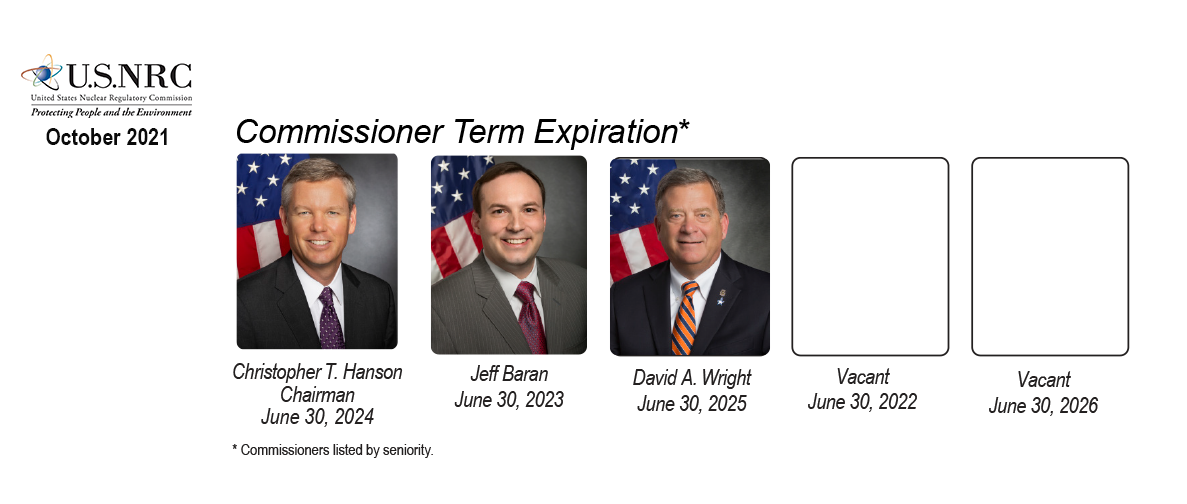
In 2015, we wrote an article for Nuclear News analyzing the history of commissioners appointed to the Nuclear Regulatory Commission and assessing their backgrounds, experience, and qualifications at the time of their appointment. At the time, ANS had not established a formal position statement on NRC commissioner appointees. Our article provided an objective assessment of historical patterns and was used to develop ANS position statement #77, The Nuclear Regulatory Commission (2016). This article draws upon the 2015 article and provides updated data and analysis. Also, the recommendations of the position statement are applied to the current vacancy on the commission.
Several antinuclear groups and the State of Michigan have filed petitions to intervene in the transfer of the Palisades nuclear power plant license from Entergy to Holtec International for decommissioning following the plant’s permanent shutdown and defueling in the spring of 2022.
NextEra Energy will be allowed to revise the emergency preparedness plan for its Duane Arnold nuclear power plant to reflect the plant’s decommissioning status, having been granted exemptions from the Nuclear Regulatory Commission’s emergency preparedness and planning requirements, the agency announced on February 17. A single-unit boiling water reactor plant located in Palo, Iowa, approximately eight miles northwest of Cedar Rapids, Duane Arnold was shut down in August 2020 after a derecho damaged the plant’s cooling towers.
The NRC regularly issues exemptions from its licensing requirements to nuclear power plants that are transitioning to decommissioning, where the risk of an off-site radiological release is significantly lower, and the types of possible accidents significantly fewer, than at an operating reactor.
Once NextEra implements the exemptions, state and local governments can rely on comprehensive emergency management (“all hazard”) planning for off-site emergency response should an event occur at Duane Arnold. As a result, there will not be a 10-mile emergency planning zone as currently identified in Duane Arnold’s license. The plant will maintain an on-site emergency plan and response capabilities, including the continued notification of state government officials in the event of an emergency declaration.
Neutron measurement studies at the NIST Center for Neutron Research (NCNR) are on hold for an investigation of a different sort. On February 9, less than a week after elevated radiation levels were detected as the NCNR research reactor was powered up following a scheduled maintenance outage, the Nuclear Regulatory Commission began an inspection at the facility. According to NIST, the reactor will remain shut down until the cause of the release is corrected.
“The first step will be to develop a plan for safely assessing the condition of the reactor so that the root cause of the elevated radiation levels can be investigated,” NIST announced on February 5. “Once that root cause is determined, NIST will identify and then implement all necessary corrective actions.”
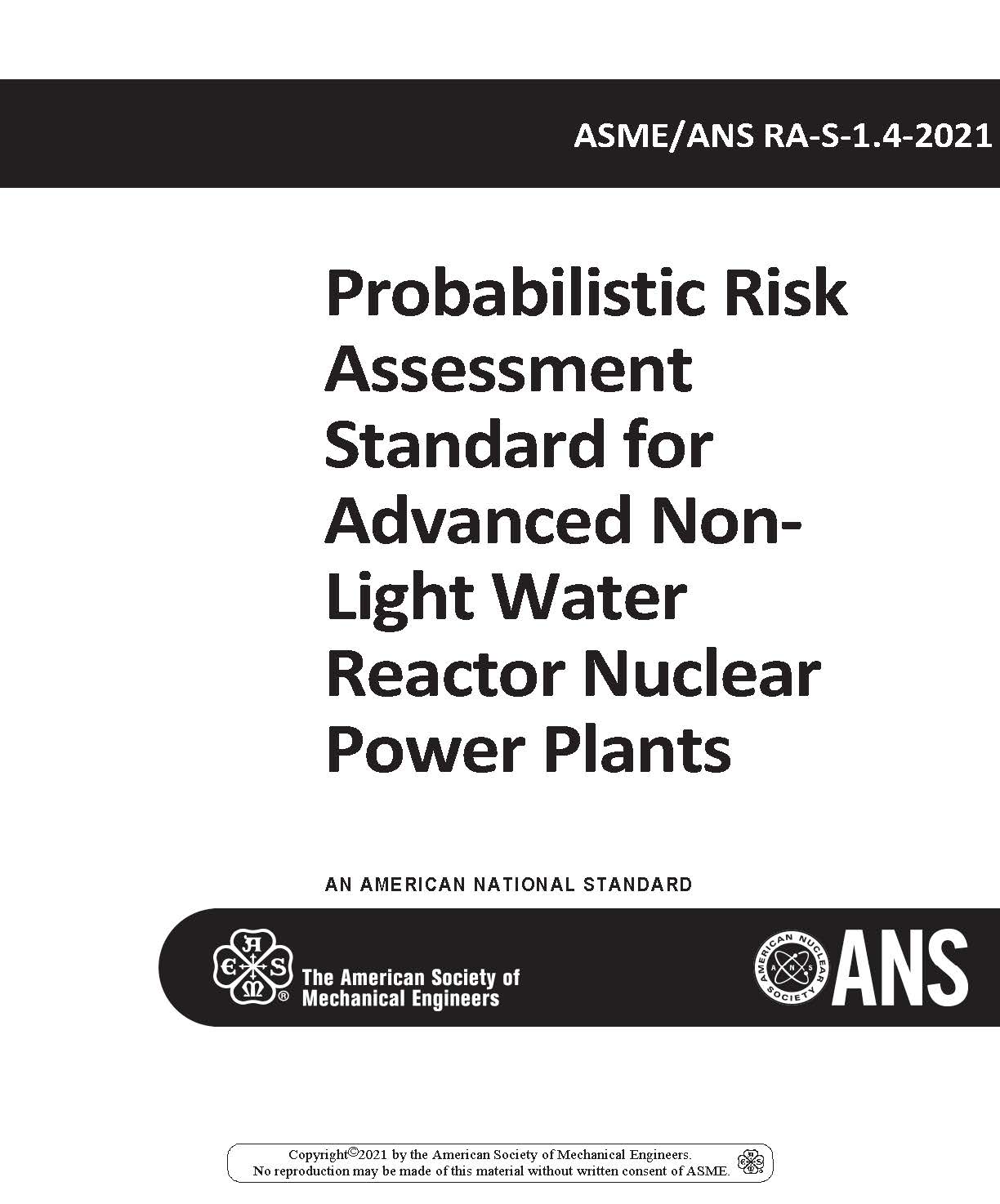 ANSI/ASME/ANS RA-S-1.4-2021, “Probabilistic Risk Assessment Standard for Advanced Non-Light Water Reactor Nuclear Power Plants,” has just been issued. Approved by the American National Standards Institute (ANSI) on January 28, 2021, this joint American Society of Mechanical Engineers (ASME)/American Nuclear Society (ANS) standard sets forth requirements for probabilistic risk assessments (PRAs) used to support risk-informed decisions for commercial nuclear power plants and prescribes a method for applying these requirements for specific applications.
ANSI/ASME/ANS RA-S-1.4-2021, “Probabilistic Risk Assessment Standard for Advanced Non-Light Water Reactor Nuclear Power Plants,” has just been issued. Approved by the American National Standards Institute (ANSI) on January 28, 2021, this joint American Society of Mechanical Engineers (ASME)/American Nuclear Society (ANS) standard sets forth requirements for probabilistic risk assessments (PRAs) used to support risk-informed decisions for commercial nuclear power plants and prescribes a method for applying these requirements for specific applications.
ANSI/ANS-RA-S-1.4-2021 and its preview are available in the ANS Standards Store.
The Nuclear Regulatory Commission has updated its guidance for nuclear power plant owners and operators in estimating the cost of decommissioning their reactors. Licensed power reactor operators are required under NRC regulations to annually adjust the estimated costs (in current year dollars) of decommissioning their plants to ensure that adequate funds are available when needed.
NUREG-1307, Revision 18, Report on Waste Burial Charges: Changes in Decommissioning Waste Disposal Costs at Low-Level Waste Burial Facilities, issued on February 3, explains the formula acceptable to the NRC for determining the minimum decommissioning fund requirements for nuclear power reactor licensees. Specifically, NUREG-1307 provides the adjustment factor and updates the values for the labor, energy, and waste burial escalation factors of the minimum formula.
The Nuclear Regulatory Commission has opened for public comment the license transfer proceedings for the Palisades nuclear power plant, with the opportunity to request a hearing and petition for leave to intervene. Notice of the open proceedings was published in the February 4 Federal Register. Deadlines are February 24 for requests for a hearing and March 8 for comments.
In December, Entergy Corporation and Holtec International jointly submitted an application to the NRC for approval of the transfer of the licenses for the Palisades nuclear plant–located in Covert, Mich.—to Holtec, following the plant’s permanent shutdown and defueling in the spring of 2022. The application also requests approval of the license transfer of Entergy’s decommissioned Big Rock Point facility near Charlevoix, Mich., where only the independent spent fuel storage installation (ISFSI) remains.